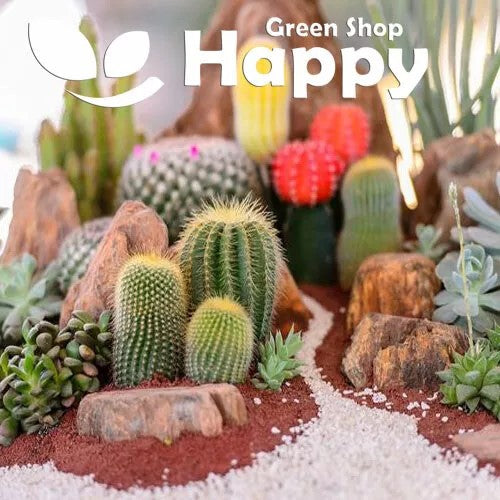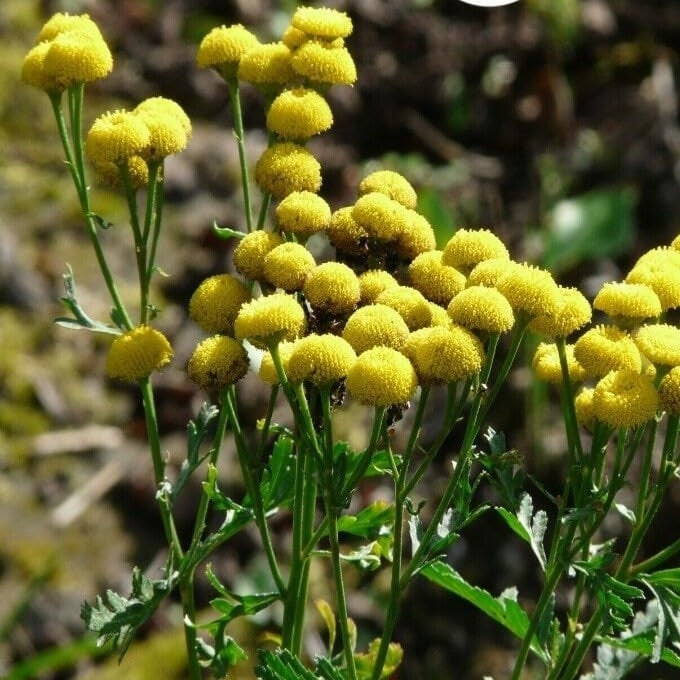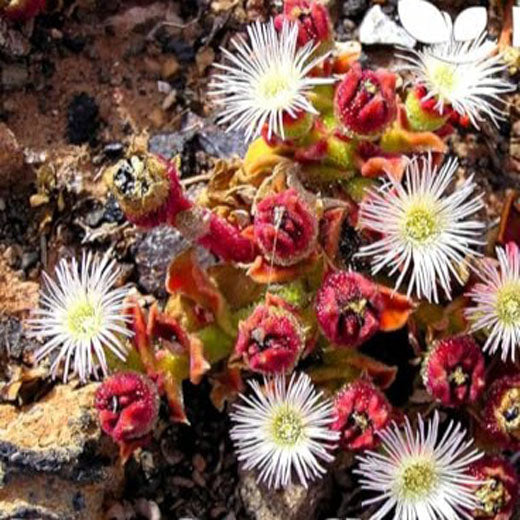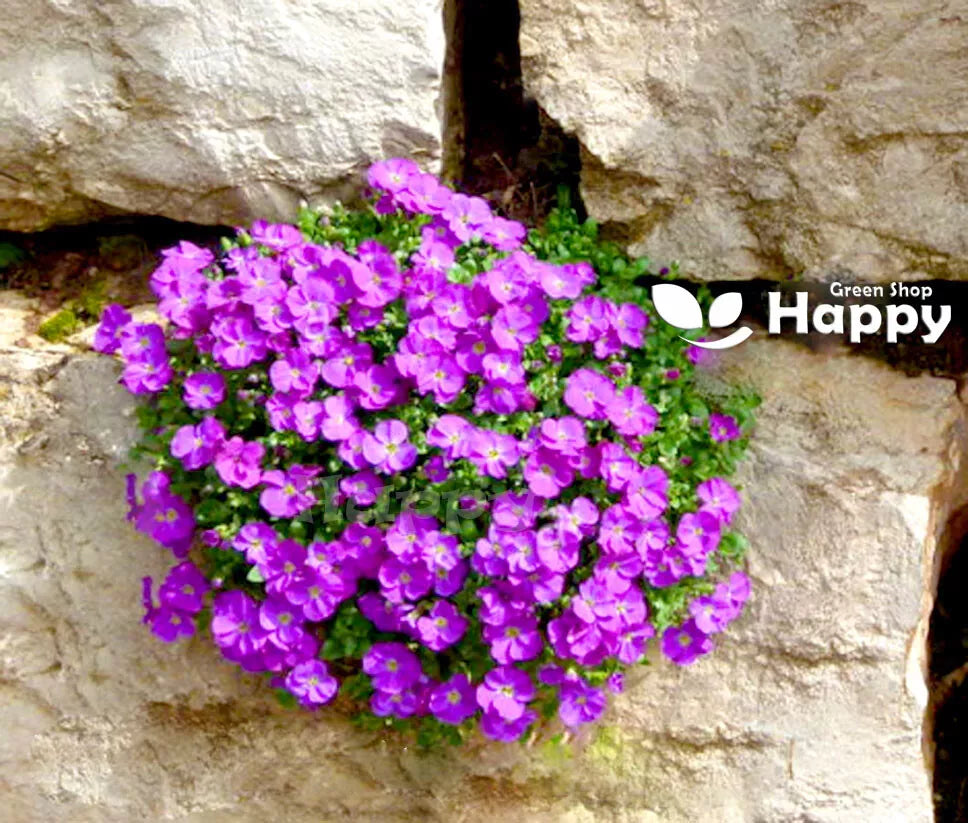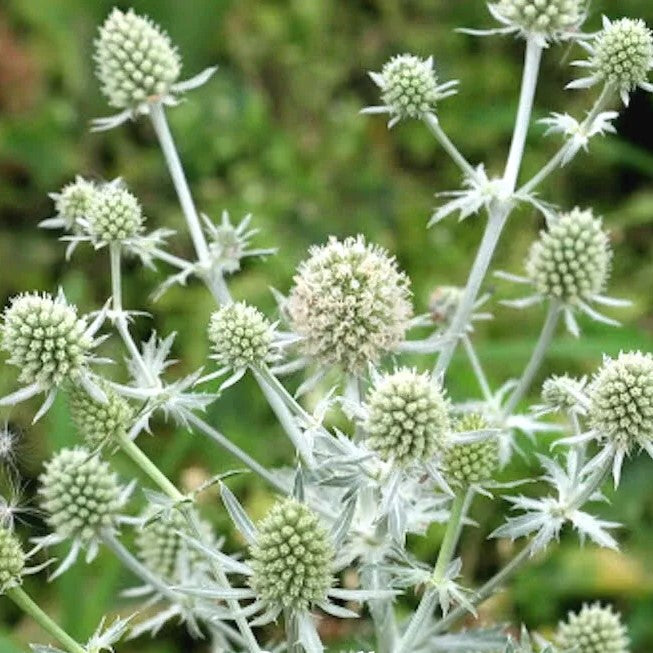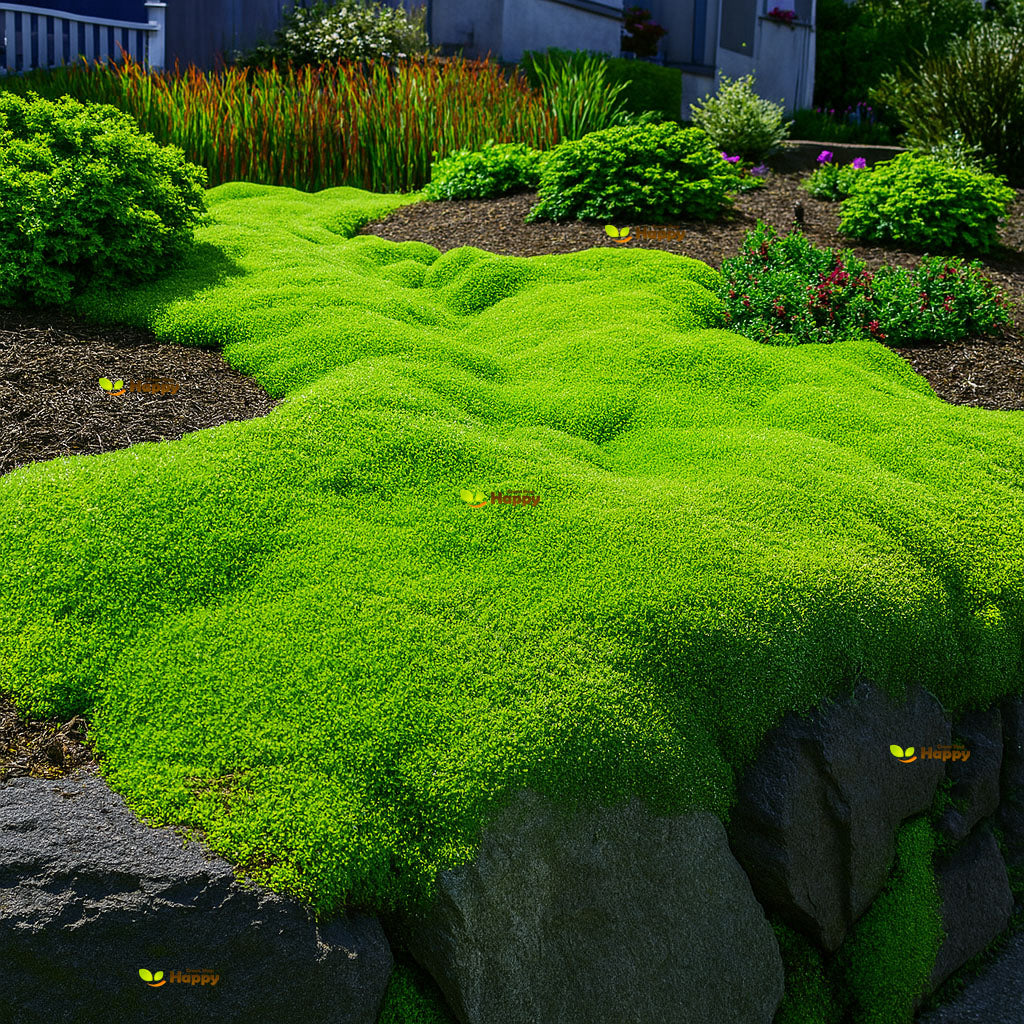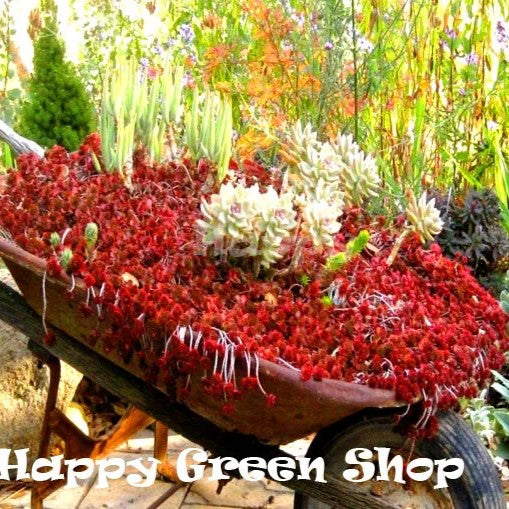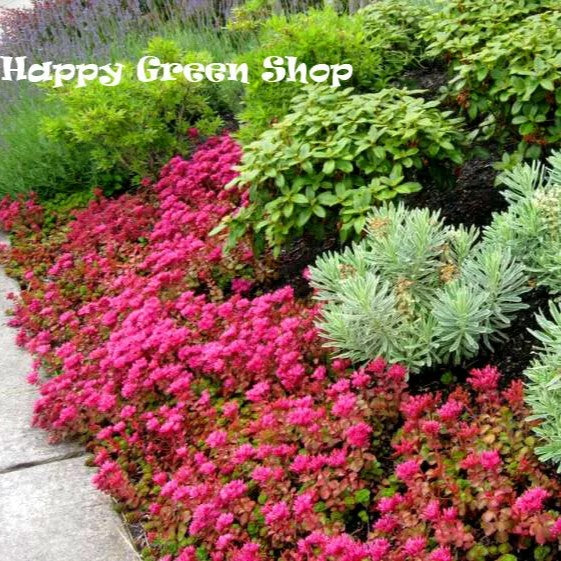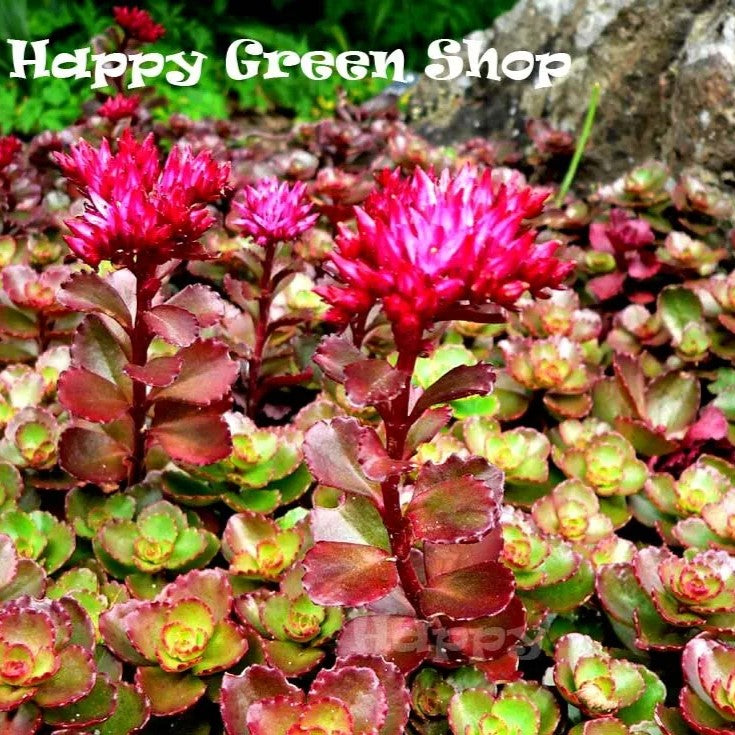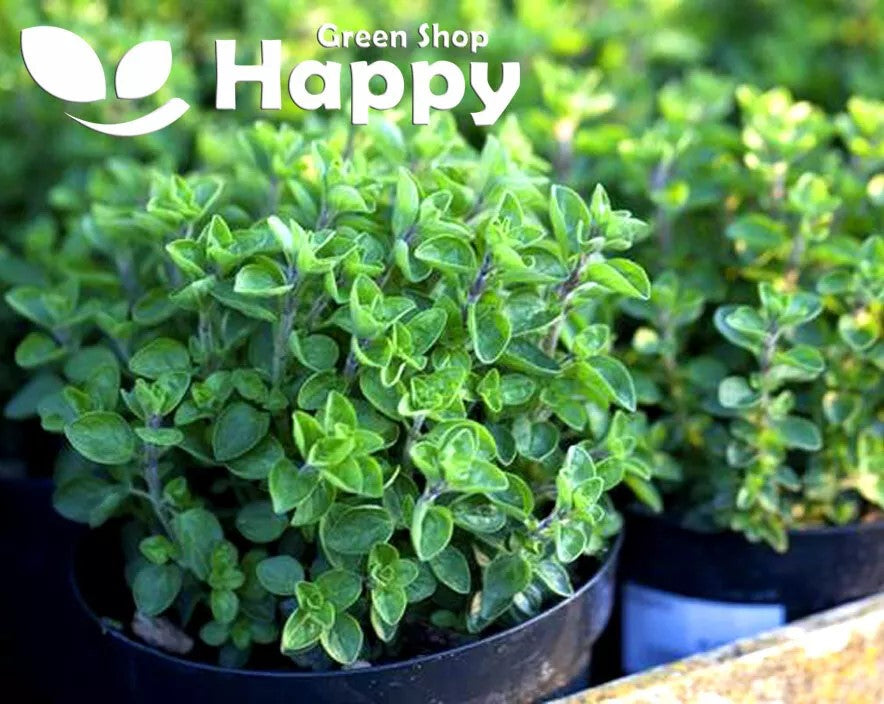Sort by:
211 products
211 products
Mixed Cacti – Seeds
Mixed Cacti is a collection of hardy, slow-growing succulent plants perfect for indoor or outdoor rockeries, terrariums, and container gardens. These unique plants feature a variety of shapes, sizes, and textures, adding exotic charm to any collection. Ideal for hobby gardeners, collectors, and low-maintenance garden enthusiasts.
Why Grow Mixed Cacti?
-
Variety of unique shapes, sizes, and textures
-
Low-maintenance and drought-tolerant
-
Perfect for indoor, outdoor, or container planting
-
Adds exotic appeal to any garden or collection
Key Features
-
Type: Succulent / Cacti
-
Height: Varies by species
-
Flowers: Seasonal (species-dependent)
-
Position: Full sun to partial shade
-
Soil: Well-drained, sandy or cactus mix
Ideal For
-
Terrariums, rockeries, and container gardens
-
Indoor and outdoor succulent collections
-
Low-maintenance and drought-tolerant plantings
-
Gardeners and collectors seeking variety
Sowing & Growing
-
Sow indoors: February–April in seed trays
-
Sow outdoors: April–May in well-drained soil
-
Germination: 2–6 weeks, depending on species
-
Spacing: Plant according to mature size
-
Care: Minimal watering; avoid overwatering
Golden Buttons ‘Tansy’ – Seeds
(Tanacetum vulgare)
Golden Buttons ‘Tansy’ is a hardy perennial featuring clusters of bright golden-yellow button-like flowers atop tall stems. Its ferny foliage and long-lasting blooms make it ideal for borders, wildflower meadows, and pollinator-friendly gardens. Low-maintenance and drought-tolerant, it adds cheerful color and texture throughout summer.
Why Grow Golden Buttons ‘Tansy’?
-
Bright golden-yellow button-like flowers
-
Hardy, low-maintenance perennial
-
Attracts bees and butterflies
-
Ideal for borders, meadows, and pollinator gardens
Key Features
-
Type: Perennial
-
Height: 60–90 cm
-
Flowers: Summer
-
Position: Full sun
-
Soil: Well-drained, moderately fertile
Ideal For
-
Borders, wildflower meadows, and perennial beds
-
Pollinator-friendly gardens
-
Cut flower arrangements
-
Low-maintenance garden color
Sowing & Growing
-
Sow indoors: February–April in seed trays
-
Sow outdoors: April–May directly in prepared soil
-
Germination: 10–20 days at 18–20°C
-
Spacing: 30–40 cm apart
-
Care: Minimal; deadhead to prolong flowering and prevent self-seeding
Crystalline Ice Plant – Seeds
(Mesembryanthemum crystallinum)
Crystalline Ice Plant is a succulent annual with shimmering, fleshy leaves that appear frosted with glistening crystals. Its small, delicate flowers bloom in summer, adding color and texture to rockeries, containers, and drought-tolerant gardens. Easy to grow and highly resilient, it’s perfect for sunny, well-drained spots.
Why Grow Crystalline Ice Plant?
-
Frosted, succulent leaves with a crystalline appearance
-
Small, delicate summer flowers
-
Drought-tolerant and low-maintenance
-
Ideal for rockeries, containers, and sunny gardens
Key Features
-
Type: Annual succulent
-
Height: 15–25 cm
-
Flowers: Summer
-
Position: Full sun
-
Soil: Well-drained, sandy or rocky
Ideal For
-
Rockeries, alpine gardens, and succulent collections
-
Containers and decorative beds
-
Low-maintenance and drought-tolerant gardens
-
Sunny, well-drained garden spots
Sowing & Growing
-
Sow indoors: February–April in seed trays
-
Sow outdoors: April–May in prepared soil
-
Germination: 10–20 days at 18–22°C
-
Spacing: 15–20 cm apart
Herb Sage – Seeds
(Salvia officinalis)
Herb Sage is a hardy perennial herb prized for its aromatic leaves and culinary versatility. Perfect for seasoning meats, soups, and sauces, its gray-green foliage also adds texture and fragrance to herb gardens. Easy to grow and drought-tolerant once established, it attracts pollinators and enhances both edible and ornamental plantings.
Why Grow Herb Sage?
-
Aromatic leaves for culinary and medicinal use
-
Hardy perennial, drought-tolerant once established
-
Attracts bees and pollinators
-
Adds texture and fragrance to gardens
Key Features
-
Type: Perennial herb
-
Height: 30–60 cm
-
Flowers: Blue-purple, late spring to summer
-
Position: Full sun
-
Soil: Well-drained, moderately fertile
Ideal For
-
Herb and culinary gardens
-
Pollinator-friendly plantings
-
Containers, borders, and rockeries
-
Perennial garden beds
Sowing & Growing
-
Sow indoors: February–April in seed trays
-
Sow outdoors: April–May directly in prepared soil
-
Germination: 14–21 days at 18–20°C
-
Spacing: 25–30 cm apart
-
Care: Moderate watering; prune after flowering to encourage fresh growth
Rock Cress Cascade ‘Leichtlinii’ – Seeds
(Aubrieta cultorum)
Rock Cress Cascade ‘Leichtlinii’ is a hardy perennial that forms a dense, cascading mat of vibrant purple flowers in spring. Perfect for rockeries, walls, and borders, its low-growing habit and abundant blooms create a stunning floral carpet. It’s drought-tolerant, easy to grow, and attracts pollinators.
Why Grow Rock Cress ‘Leichtlinii’?
-
Dense cascading growth with vibrant purple flowers
-
Hardy perennial with long-lasting spring blooms
-
Excellent for rockeries, walls, and borders
-
Attracts bees and butterflies
Key Features
-
Type: Perennial
-
Height: 10–15 cm
-
Flowers: Spring
-
Position: Full sun to partial shade
-
Soil: Well-drained, moderately fertile
Ideal For
-
Rockeries and alpine gardens
-
Walls, slopes, and borders
-
Pollinator-friendly plantings
-
Low-maintenance groundcover
Sowing & Growing
-
Sow indoors: February–April in seed trays
-
Sow outdoors: April–May directly in prepared soil
-
Germination: 14–21 days at 18–20°C
-
Spacing: 15–20 cm apart
-
Care: Minimal maintenance; trim after flowering to maintain shape
Silver Sea Holly – Seeds
(Eryngium planum)
Silver Sea Holly is a striking perennial known for its spiky, steel-blue flowers and silvery foliage. Its architectural form adds texture and drama to borders, rockeries, and perennial beds. Long-lasting and drought-tolerant, it also attracts bees and butterflies, making it perfect for pollinator-friendly gardens.
Why Grow Silver Sea Holly?
-
Unique spiky, steel-blue flowers with silvery foliage
-
Hardy, drought-tolerant perennial
-
Long-lasting blooms ideal for cutting
-
Attracts bees and butterflies
Key Features
-
Type: Perennial
-
Height: 60–90 cm
-
Flowers: Summer
-
Position: Full sun
-
Soil: Well-drained, moderately fertile
Ideal For
-
Cottage and mixed borders
-
Rockeries and perennial beds
-
Pollinator-friendly gardens
-
Cutting for floral arrangements
Sowing & Growing
-
Sow indoors: February–April in seed trays
-
Sow outdoors: April–May directly in prepared soil
-
Germination: 14–28 days at 18–20°C
-
Spacing: 30–40 cm between plants
-
Care: Low maintenance; drought-tolerant once established
Irish Moss – Seeds (Sagina subulata)
Heath Pearlwort Lawn – Perennial
Irish Moss (Sagina subulata) is a charming, low-growing perennial that forms a lush, dense carpet of vibrant green foliage. Ideal as a natural lawn alternative, it produces tiny, star-like white flowers in late spring to summer, adding a delicate sparkle to its moss-like mat. Soft underfoot and evergreen, it’s perfect for pathways, rockeries, and between stepping stones.
Why Grow Irish Moss?
-
Evergreen groundcover with soft, mossy texture
-
Produces dainty white star flowers in summer
-
Thrives as a lawn substitute or between paving stones
-
Low-maintenance, drought-tolerant once established
Key Features
-
Type: Perennial groundcover
-
Height: 2–5 cm
-
Spread: 15–30 cm
-
Flowers: Late spring to summer
-
Position: Sun to partial shade
-
Soil: Moist, well-drained, prefers slightly acidic soil
Ideal For
-
Lawn alternatives and green carpets
-
Rockeries and alpine gardens
-
Filling gaps between paving stones
-
Borders, containers, and shady spots
Sowing & Growing
-
Sow indoors: Early spring, press seeds lightly into moist compost (do not cover – light aids germination)
-
Germination: 14–28 days at 15–20°C
-
Transplant: When seedlings are strong, plant out after last frost
-
Outdoor sowing: Scatter in prepared soil, gently press down
-
Watering: Keep evenly moist during establishment
Tip: Irish Moss creates a resilient, evergreen carpet that softens paths and borders while suppressing weeds naturally.
Dragon's Blood Succulent – Seeds (Sedum spurium coccineum)
The Dragon’s Blood succulent is a hardy groundcover sedum, prized for its vibrant foliage that shifts through the seasons. Leaves emerge green, turn bronze-red in summer, and deepen to a striking crimson in autumn. In summer, it bursts into clusters of starry pink-red flowers, attracting pollinators and adding rich color to rock gardens, borders, and containers.
Why Grow Dragon’s Blood Succulent?
-
Attractive red-tinted foliage all season
-
Drought-tolerant, low-maintenance groundcover
-
Produces masses of starry pink-red blooms in summer
-
Spreads quickly to create a colorful carpet
Key Features
-
Type: Hardy perennial succulent
-
Height: 10–15 cm
-
Spread: 30–45 cm
-
Flowers: Summer
-
Position: Full sun, well-drained soil
-
Maintenance: Very low – thrives on neglect once established
Ideal For
-
Rock gardens and gravel beds
-
Groundcover in sunny spots
-
Containers and edging
-
Drought-tolerant or low-water gardens
Sowing & Growing
-
Sow indoors: Spring, on the surface of moist sandy compost (do not cover)
-
Germination: 14–28 days at 18–22°C
-
Transplant: When seedlings are strong, move to individual pots
-
Planting out: After last frost in a sunny, well-drained position
-
Space plants: 20–30 cm apart
Tip: Once established, Dragon’s Blood requires minimal care and will spread naturally to fill gaps with colorful foliage.
Greek Oregano – Seeds (Origanum hirtum)
Greek Oregano (Origanum hirtum) is a robust perennial herb, prized for its intensely aromatic leaves that are essential in Mediterranean cooking. Known for its strong flavor, it is a must-have for seasoning pizzas, pasta, roasted meats, and vegetables. Easy to grow and drought-tolerant, it also produces clusters of small white flowers that attract bees and other pollinators.
Why Grow Greek Oregano?
-
Classic Mediterranean herb with strong, authentic flavor
-
Hardy perennial, easy to maintain
-
Drought-tolerant and thrives in poor soils
-
Attracts bees and pollinators when in bloom
Key Features
-
Type: Perennial herb
-
Height: 30–60 cm
-
Spread: 30–45 cm
-
Flowering: June–August
-
Position: Full sun
-
Soil: Light, well-drained
Ideal For
-
Culinary herb gardens
-
Mediterranean and rock gardens
-
Container growing
-
Pollinator-friendly borders
Sowing & Growing
-
Sow indoors: February–April in trays/pots
-
Germination: 10–21 days at 18–22°C
-
Transplant outdoors: After frost risk has passed
-
Direct sow outdoors: May–June
-
Spacing: 25–30 cm apart
-
Harvest leaves regularly for best flavor
Tip: Trim plants after flowering to keep them compact and encourage fresh growth.
Showing 45/211





